Bulova
History of Bulova
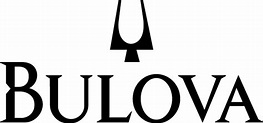
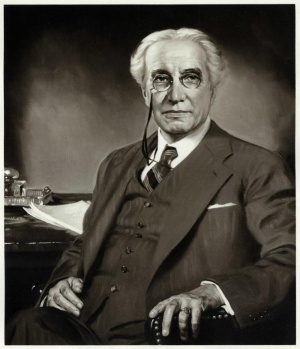

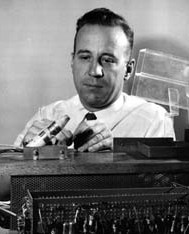
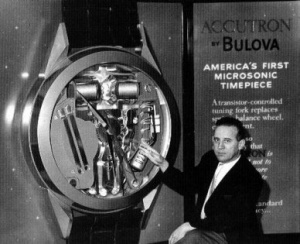
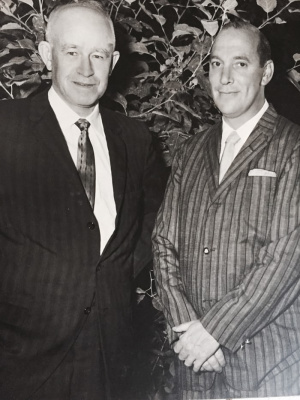
Bulova was founded in 1875 by Bohemian (Czech) immigrant Joseph Bulova in New York City, USA. The original company produced pocket watches and small clocks. In 1912, Bulova opened its factory in Biel Switzerland. In 1919, they released a line of men's wristwatches. In 1923, their company reincorporated as Bulova Watch Co. and in 1924, introduced the first line of women's wristwatches. In 1926, as a promotional effort, he offered a prize of $1,000 to the pilot who first succeeded in a nonstop flight across the Atlantic. In 1927, Bulova Watch Co. went public on the American Stock Exchange and established Bulova Canada.
In 1930, Joseph's son, Arde Bulova, assumed the title of chairman of the board, and in 1941, he proposed to manufacture national defense products such as precision military watches, aircraft instruments, and torpedo fuses, for the government at cost. Following the war, he established, through the Bulova Foundation, the Joseph Bulova School of Watchmaking to aid in the rehabilitating of disabled veterans. In 1950, he established the Bulova Research & Development Laboratory which provided guidance systems, infrared sensors, and electronic systems for the military.
After Arde's death at 68 in 1958, his nephew, Harry Henshel, became president of the company. During WWII, Henshel was First Officer to General Omar Bradley. Bradley was invited to be Bulova's charman, a post he accepted until Henshel succeeded him in 1974. During this time, the revolutionary Accutron tuning fork electric watch was introduced and became a great success. Bulova became involved in producing watches and clocks for the space program, due to Bradley's connections and the superiority of the Accutron movement. Bulova came to own Universal Geneve in 1966. In the early 1970s, Citizen of Japan, collaborated with Bulova and used Accutron movements for their Hisonic line of watches.
In 1973, Gulf + Western Industries, one of the pioneering conglomerates, bought 29% of Bulova. After running into losses as the result of late introduction of the LED digital watch and inflation of the Swiss Franc, G+W sold their shares to Hong Kong-based Stelux Corporation in 1976. Stelux was a major producer of watch bracelets. CP Wong was brought in as the Chief Executive. Under Stelux ownership, it was hoped that more Bulova watches would be sold in the far east and that there would be synergies that would help both companies. Unfortunately, the classic Accutron movement had been discontinued in 1977. After 4 million tuning fork watches, Accutrons were switched over to a quartz movement provided by Citizen. from 1976-78, losses totaled 48 million and Mr. Wong resigned from the company.
In 1979, Bulova was purchased by Laurence Tisch of Loews Coproation. A close friend of Harry Henshel, Tisch put his son Andrew in charge while Henshel remained as chairman. In the 1980s and 1990s, they returned Bulova to profitablity. One of the first steps was to improve the quality of the watches, actually buying back unsold new stock in 1982 and replacing it with better watches.
In 2008, Loews sold Bulova to Citizen, a longtime partner, for $250 million. Under Citizen ownership, Bulova returned to its roots with the 50th Anniversary Spaceview in 2010, lovingly recreating the legendary tuning fork movement. Other reissues followed, with the Stars and Stripes chronograph, the Devil Diver and the Surfboard chronograph.
Locations
Original headquarters, 580 5th Ave NY, NY
Bulova Corporate Center, Queens, NY
Bulova movement factory, Woodside NY
Bulova movement factory, Biel Switzerland
Bulova Case making factory, Sag Harbor NY
Bulova, Providence RI
Bulova, Virgin Islands
Important Models
23J
Academy Award
Self-Winding
Military
Diver Watches
Chronographs
Quartz/Later models
